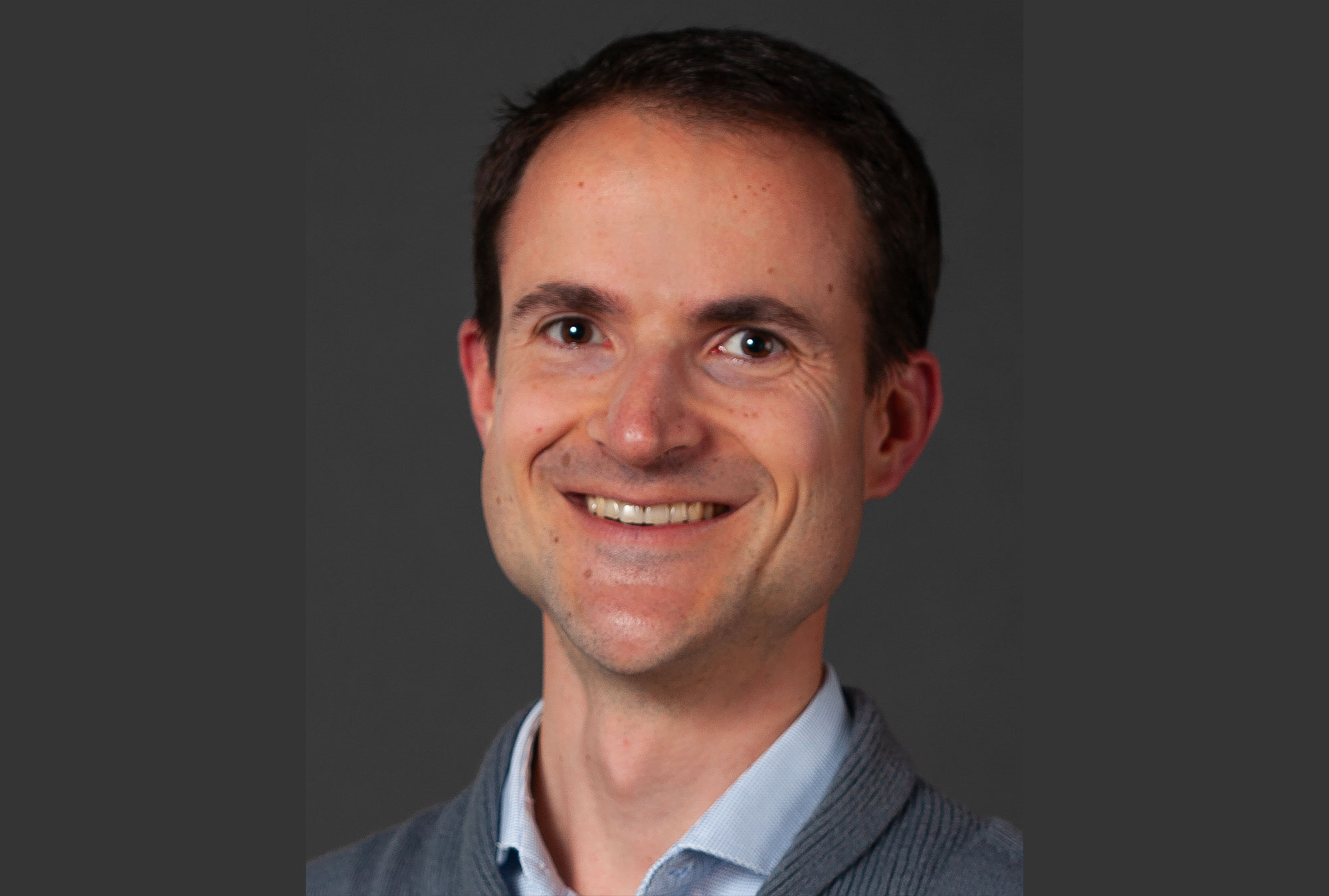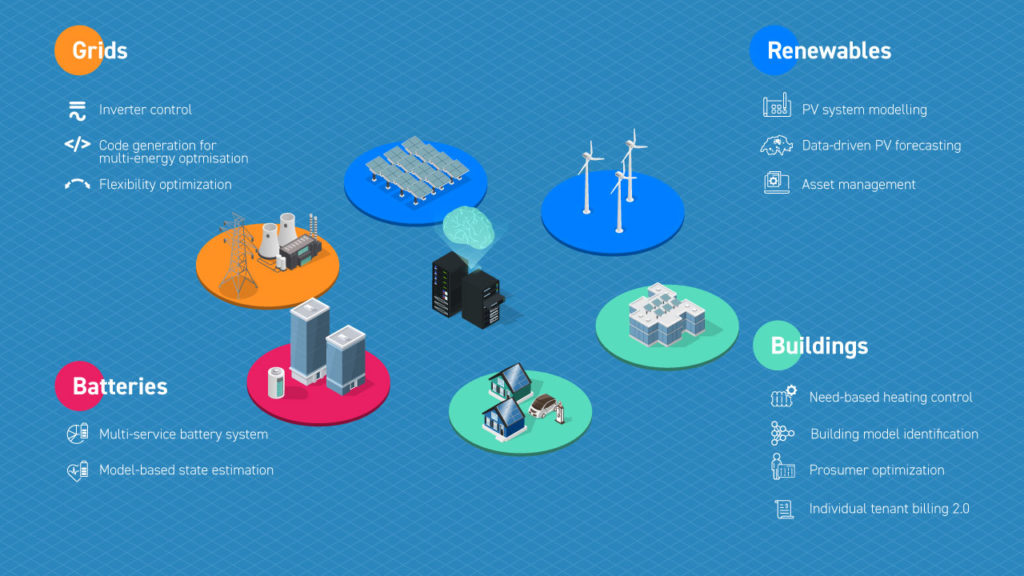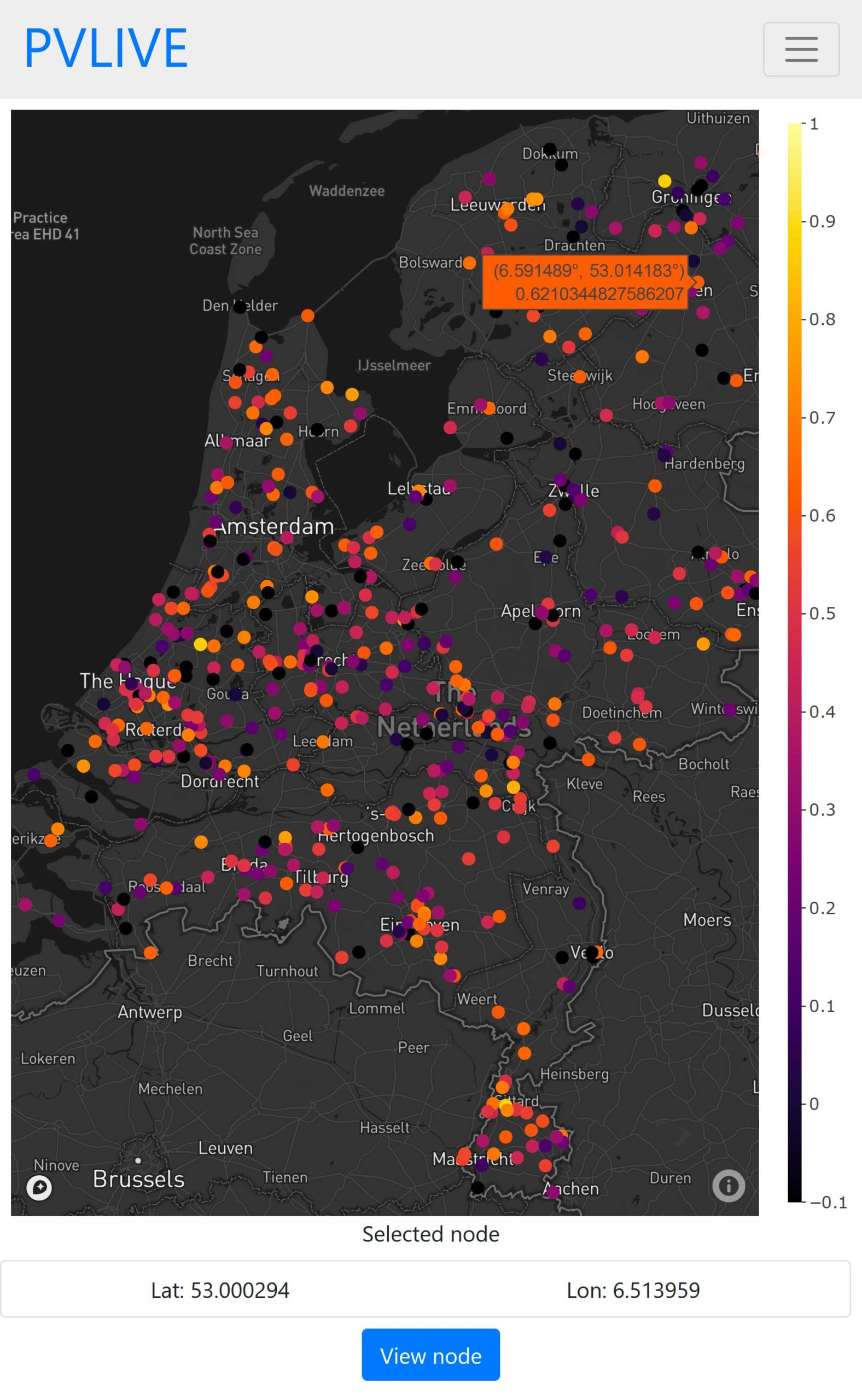artificial intelligence and the energy transition
Pierre-Jean Alet has managed the “Digital energy solutions” group at CSEM since its creation in 2021. He is opening our new expert opinion format: an interview in four questions to get right to the heart of the subject!
Digitalisation, renewable energies, artificial intelligence, IoT, the energy transition, technology, tools, solutions: he touches on numerous subjects regularly covered on the Smart Energy Portal.
Main “smart energy” solutions developed at CSEM
Smart Energy Portal : What is the latest research from CSEM in the field of smart energy?
Pierre-Jean Alet : Our activities start with cutting-edge research in data science and artificial intelligence (AI) to enable the development of specific solutions for the energy transition. Often, we work with IT concepts and structures that have been developed for completely different applications, from social networks to automatic translation, and we transform them into responses to the specific challenges of the energy world. The solutions that we develop allow for prediction and action.
For example, we have created algorithms that implicitly learn country-wide weather patterns, in order to directly predict, using electrical production data from photovoltaic systems, their production in the coming day. A question currently under investigation is how to make this tool more dynamic to facilitate the addition or withdrawal of PV systems. With several of our clients, we are also working on the use of AI for the detection of anomalies, diagnosis and maintenance for installations such as wind turbines and refrigeration circuits.
When you are capable of anticipating the state of the electricity network or buildings, you can look to exploit this information to optimise actions. This is what CSEM is doing with machine learning for control purposes. Our flagship application in this field involves making electrical demand more flexible, to enable it to adapt to network conditions and to fluctuations in the production of renewable energies.
SEP : What is the role of AI in the energy transition?
P-J A : The energy transition both enables and necessitates the use of AI. It enables it because it involves major electrification (for example, of transport and heating) and the production of electricity using photovoltaics and wind power. All of these electronic systems produce data, which can feed machine learning for AI.
On the other hand, the energy transition requires AI because the system is becoming much more distributed and complex. For example, in Switzerland we already have more than 130,000 photovoltaic systems connected to the electricity network. Added together, they have the same rated capacity as the four nuclear reactors in use. Even though photovoltaic systems are very reliable, it is necessary to automate analysis and control to ensure the optimal performance of the electricity network as a whole.
Ultimately, improving energy efficiency is a key pillar of the transition. Through better automation and information, AI enables a reduction in energy waste, often by 10 to 20%.
SEP : Technology is a vital point … what about the behaviour of individual citizens?
P-J A : Individual behaviour can greatly facilitate the energy transition and make it more economical and more virtuous, environmentally speaking. For example, in relation to mobility: a light and compact electric vehicle will require fewer mineral resources, notably for its batteries, less energy and less recharge power (so less of an electrical infrastructure) than a two-tonne vehicle. That’s not to mention how absurd I consider it is to be spending money today on putting a combustion-driven SUV on the road for the next 15 years.
Private individuals can also make a positive contribution to the transition: a photovoltaic system for a detached house is now in the same price range as a kitchen with standard fittings in Switzerland, which puts it within the reach of many households.
However, some issues cannot be controlled by individual consumption choices: for example, as the end consumer it is very difficult to make sure that you are only using low-energy data centres. This is where the role of individuals as citizens comes in, to support the framework conditions and public policies that accelerate the energy transition.
The author

Pierre-Jean Alet
Pierre-Jean Alet has managed the “Digital Energy Solutions” group at CSEM since its creation in 2021. Ever since completing his training as a mathematical engineer and his physics doctorate on photovoltaic energy, he has devoted himself to the energy transition and its technological and industrial aspects. He has worked in France, the United Kingdom and Switzerland.

